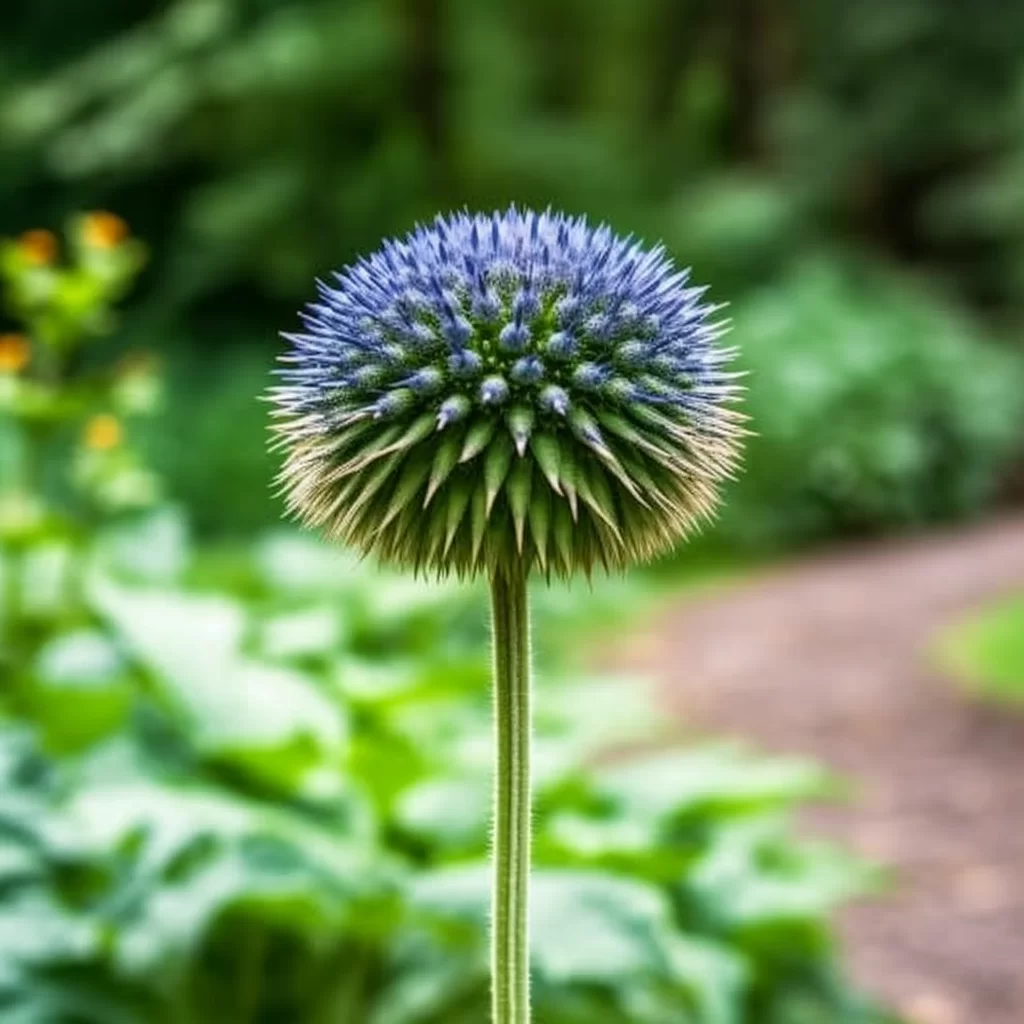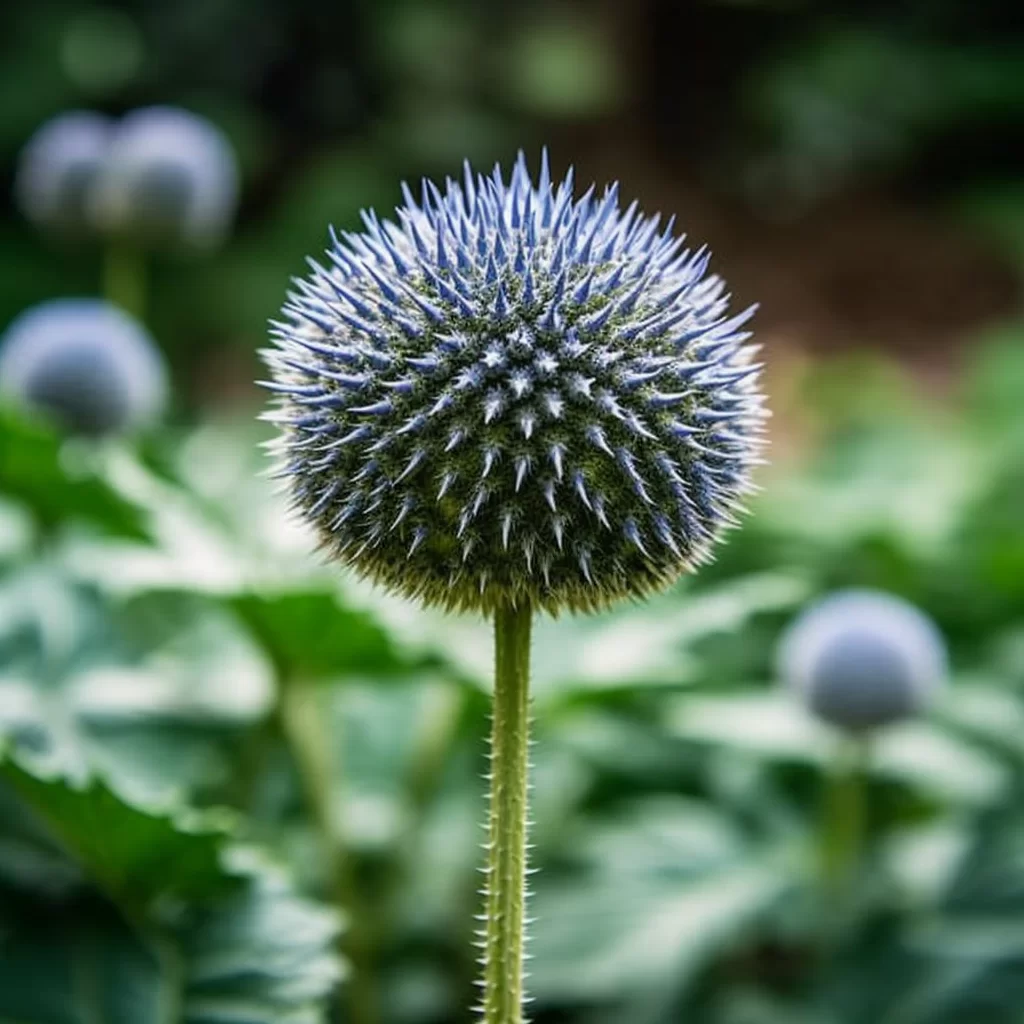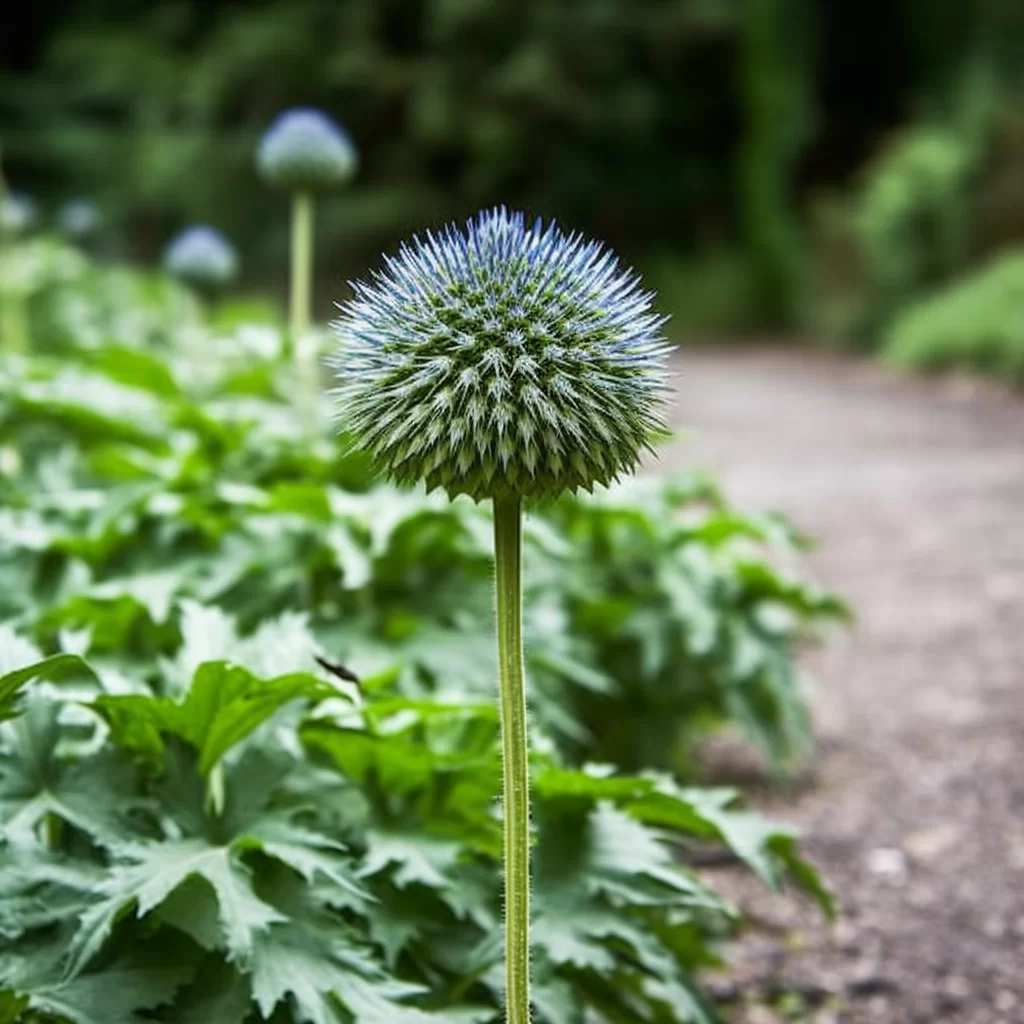Story of Day :
Contents
The Globe Thistle Plant: A Complete Guide and Care Tips
Are you tired of the same old garden plants, and looking for something unique to add to your outdoor space? Look no further than the globe thistle plant! This stunning, spiky plant adds texture and interest to any garden or landscape.
In this complete guide, we’ll cover everything you need to know about the globe thistle plant, from its origins and history to care tips.
Origins and History
The globe thistle plant (scientific name Echinops) is native to Europe and Asia.
It’s a member of the Asteraceae family, which includes more than 23,000 species of plants including daisies, sunflowers, and asters.
The genus name “Echinops” comes from the Greek words echinos (meaning hedgehog) and ops (meaning appearance), due to its spiky appearance.
Globe thistles have been used for medicinal purposes for centuries.
The ancient Greeks believed that it could cure headaches while medieval herbalists used it as a diuretic.

Appearance
This prickly perennial features a round ball-shaped flower head made up of small purple-blue flowers that bloom in mid-summer.
The leaves are gray-green in color with deep lobes on either side of a central vein making them look like maple leaves.
In late fall or early winter when left standing they add architectural interest complementing grasses or other perennials which have gone dormant already.
Care Tips
- Sun exposure: Globe thistles thrive in full sun but can also tolerate partial shade.
- Soil: They prefer well-draining soil with a pH between 6.0 and 7.5.
- Water: They are drought-tolerant once established, but benefit from regular watering during their first year of growth to ensure they establish a root system.
- Fertilization: Globe thistles do not require fertilizer, but can benefit from an all-purpose fertilizer applied once or twice a year.
- Pruning: Remove spent flowers to encourage new blooms and prevent self-seeding.
Cut the plant back to ground level in the fall or leave it standing for winter interest then cut it back in early spring when new shoots emerge.
Pests and Diseases
Globe thistles are generally pest and disease resistant, thanks to their prickly leaves which deter pests like slugs, snails, and rabbits.
However, they can be susceptible to powdery mildew if planted in humid conditions with poor air circulation.

Creative Ways To Use Globe Thistle Plant In Your Garden
- Globe thistles make great additions to mixed flower beds as they add height and texture while attracting bees and butterflies.
- Their blue-purple color complements many other flower colors making them great for mixing with other flowers in bouquets
- Add them as focal points among grasses or prairie type plants where their spiky form contrasts nicely against softer foliage
- Incorporate them into xeriscaping designs alongside other drought-tolerant plants
.
In Conclusion
The globe thistle plant is an interesting perennial that adds texture and color while repelling pests that plague many gardens.
Following these care tips will ensure that your globe thistle thrives.
As a bonus, fall and winter interest can be added when left standing with other perennials gone dormant already.
So why not give this unique plant a try?
